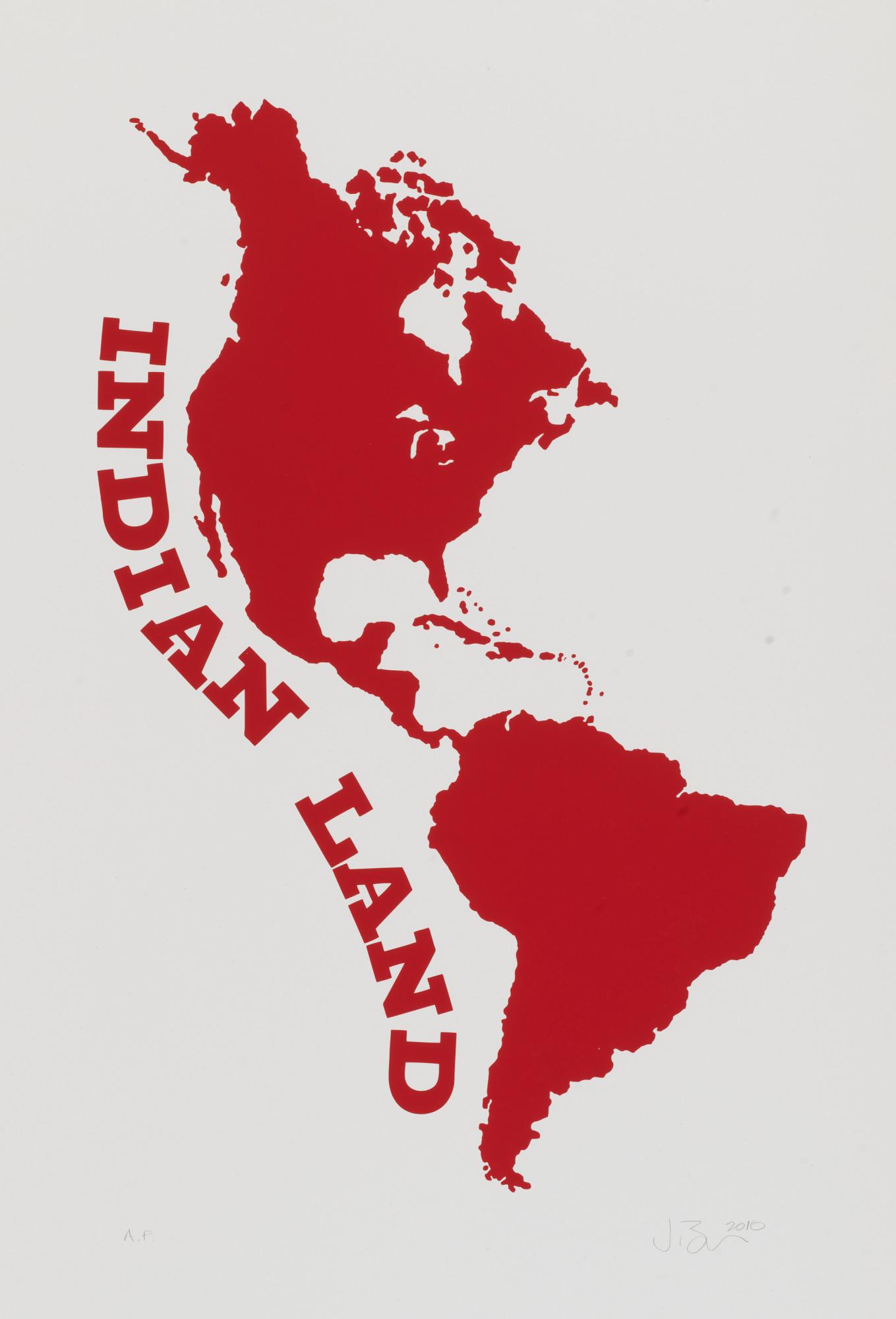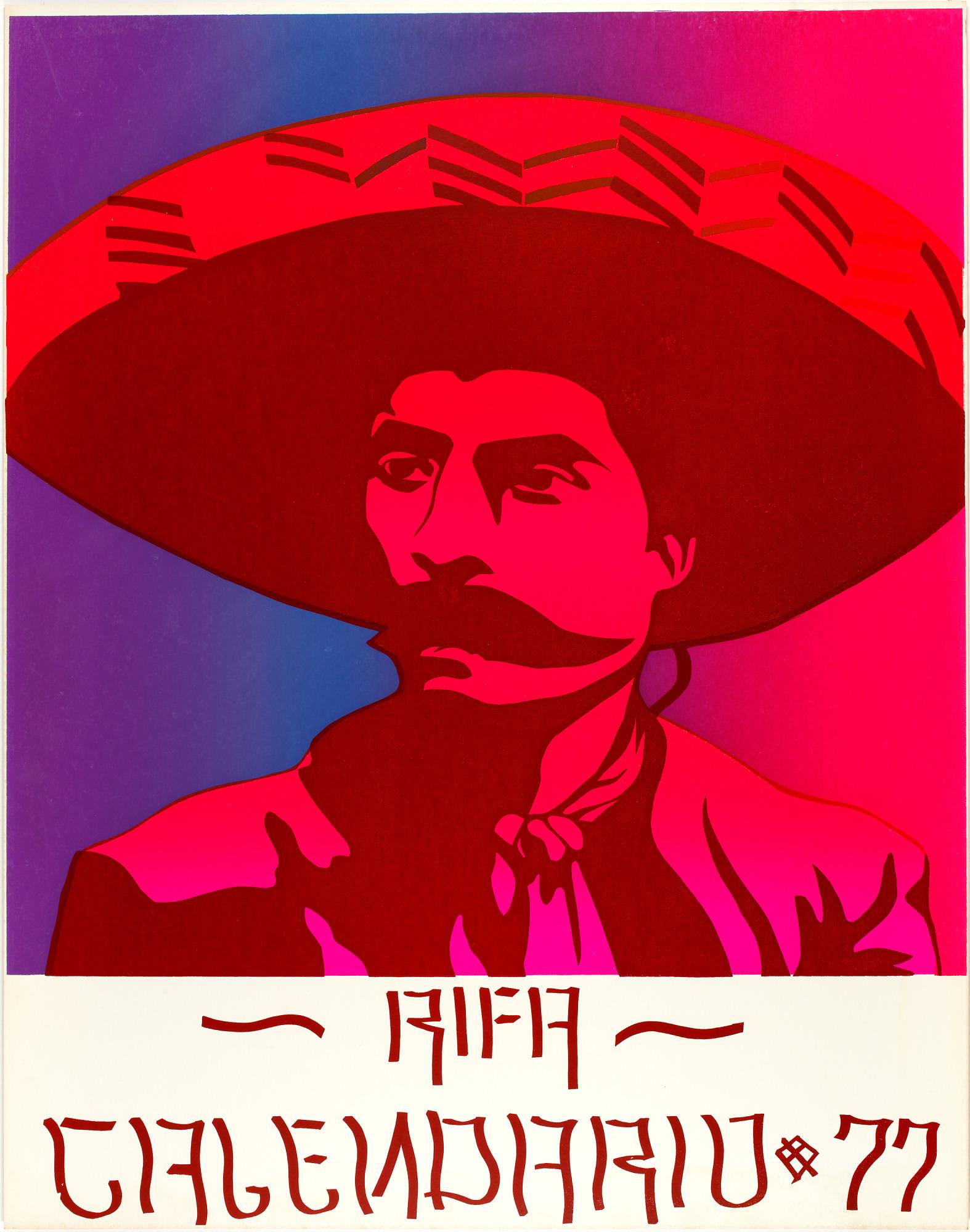The exhibition is on view at the Smithsonian American Art Museum’s main building from Nov. 20 through Aug. 8, 2021. It includes 119 works, ranging from traditional screenprints to digital graphics and augmented reality (AR) works to site-specific installations, by more than 74 artists of Mexican descent and other artists who were active in Chicanx networks. All of the artworks on display are part of the museum’s permanent collection of Latinx art, one of the leading national collections of its kind and one of the most extensive collections of Chicanx graphics in an American art-focused museum. This exhibition features donated artworks from major collectors and an ambitious program to purchase artworks for the collection to create an inclusive view of American art that features Chicanx voices and contributions. The exhibition is organized by E. Carmen Ramos, acting chief curator and curator of Latinx art at the Smithsonian American Art Museum, with Claudia E. Zapata, curatorial assistant for Latinx art.
The museum is limiting the number of visitors permitted in the galleries and has established new safety measures in the museum to accommodate safe crowd management and implement safe social distancing. Visitors are required to obtain free, timed-entry passes in advance and should review new safety measures online before arriving at the museum.
“Since the late 1970s, the Smithsonian American Art Museum has demonstrated a deep commitment to building a rich collection of Latinx art in the nation’s capital,” said Stephanie Stebich, the Margaret and Terry Stent Director at the Smithsonian American Art Museum. “SAAM is uniquely positioned to engage in a conversation about an inclusive view of American history that features Chicanx voices and contributions, and we are proud to present the first major museum exhibition dedicated to this subject matter from a national perspective.”


























![DEl Kathryn Barton [Australian b. 1972] the more than human love , 2025 Acrylic on French linen 78 3/4 x 137 3/4 inches 200 x 350 cm Framed dimensions: 79 7/8 x 139 inches 203 x 353 cm](/sites/default/files/styles/image_5_column/public/ab15211bartonthe-more-human-lovelg.jpg?itok=wW_Qrve3)



